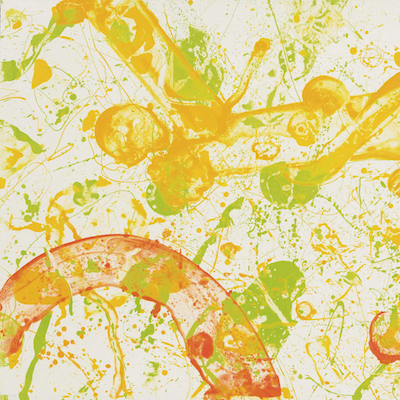
Details
Artist
Styles
// Hans Hartung’s L-1971-1 is a lithograph from 1971, part of a limited edition of 200 prints. The composition is an expressive abstraction, dominated by dynamic, overlapping black and white strokes against a warm, orange background. The bold, energetic lines create a sense of movement and spontaneity, reflecting Hartung's interest in gestural abstraction. The piece feels both chaotic and controlled, as the artist expertly balances dense, interwoven marks with the more open spaces of the background. This work is an excellent example of Hartung's commitment to exploring the emotional impact of abstract forms and textures.
L-1971-1, 1971
form
Medium
Size
55 x 76 cm
- Inches
- Centimeters
Edition
Price
- USD
- EUR
- GBP
Details
Artist
Styles
// Hans Hartung’s L-1971-1 is a lithograph from 1971, part of a limited edition of 200 prints. The composition is an expressive abstraction, dominated by dynamic, overlapping black and white strokes against a warm, orange background. The bold, energetic lines create a sense of movement and spontaneity, reflecting Hartung's interest in gestural abstraction. The piece feels both chaotic and controlled, as the artist expertly balances dense, interwoven marks with the more open spaces of the background. This work is an excellent example of Hartung's commitment to exploring the emotional impact of abstract forms and textures.
- Recently Added
- Price (low-high )
- Price (high-low )
- Year (low-high )
- Year (high-low )
What is Tachisme?
Tachisme is a French abstract painting style that gained popularity between 1940 and 1950, often seen as the European counterpart to Abstract Expressionism. However, there are stylistic differences between the two. Tachisme, which emerged from Art Informel, rejected geometric abstraction in favor of more intuitive and spontaneous expression. It was a reaction against the structured forms of Cubism and is closely related to Informalism. Tachisme emphasizes gestural brushwork, irregular forms, and a focus on the process of painting itself.






















